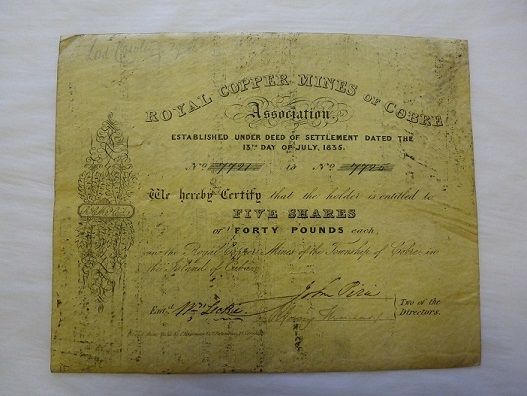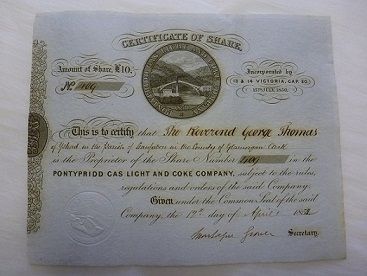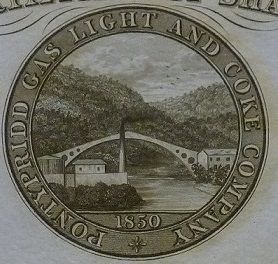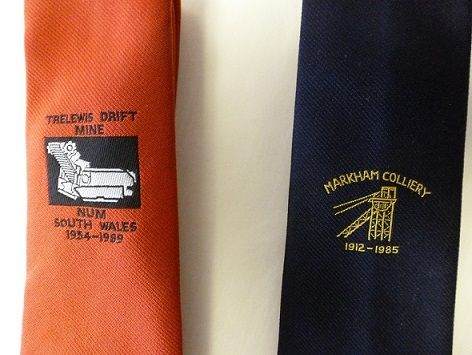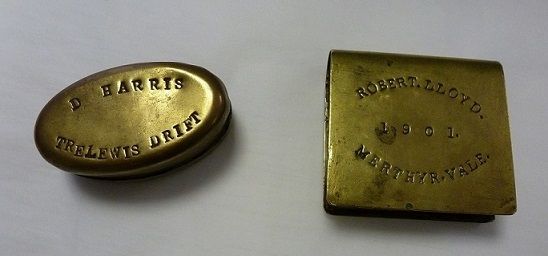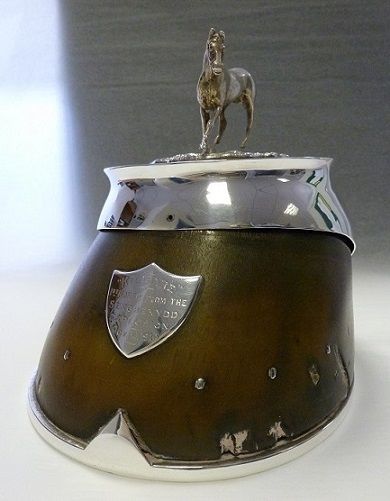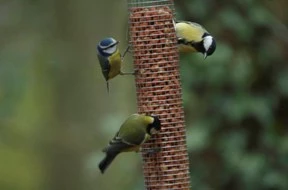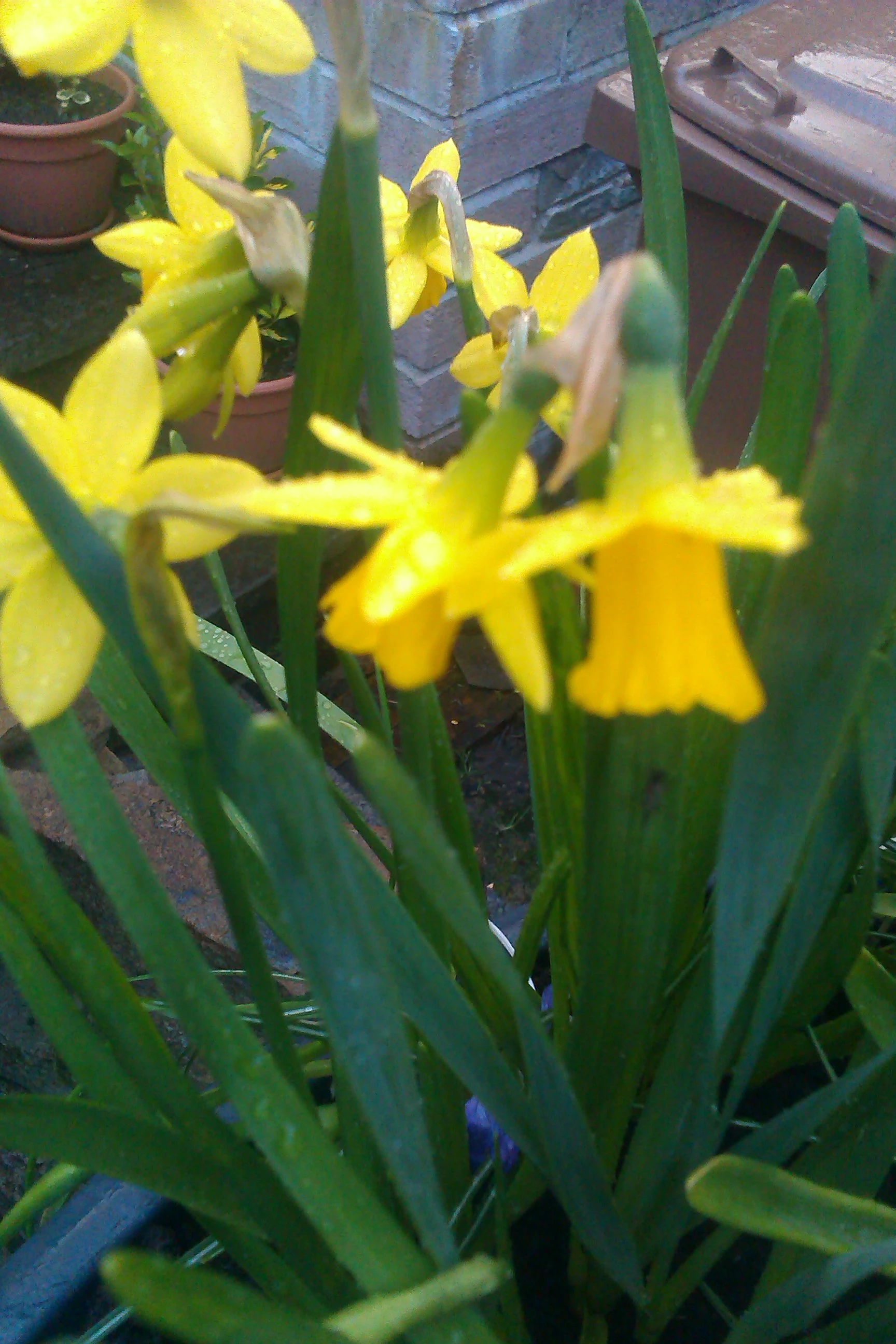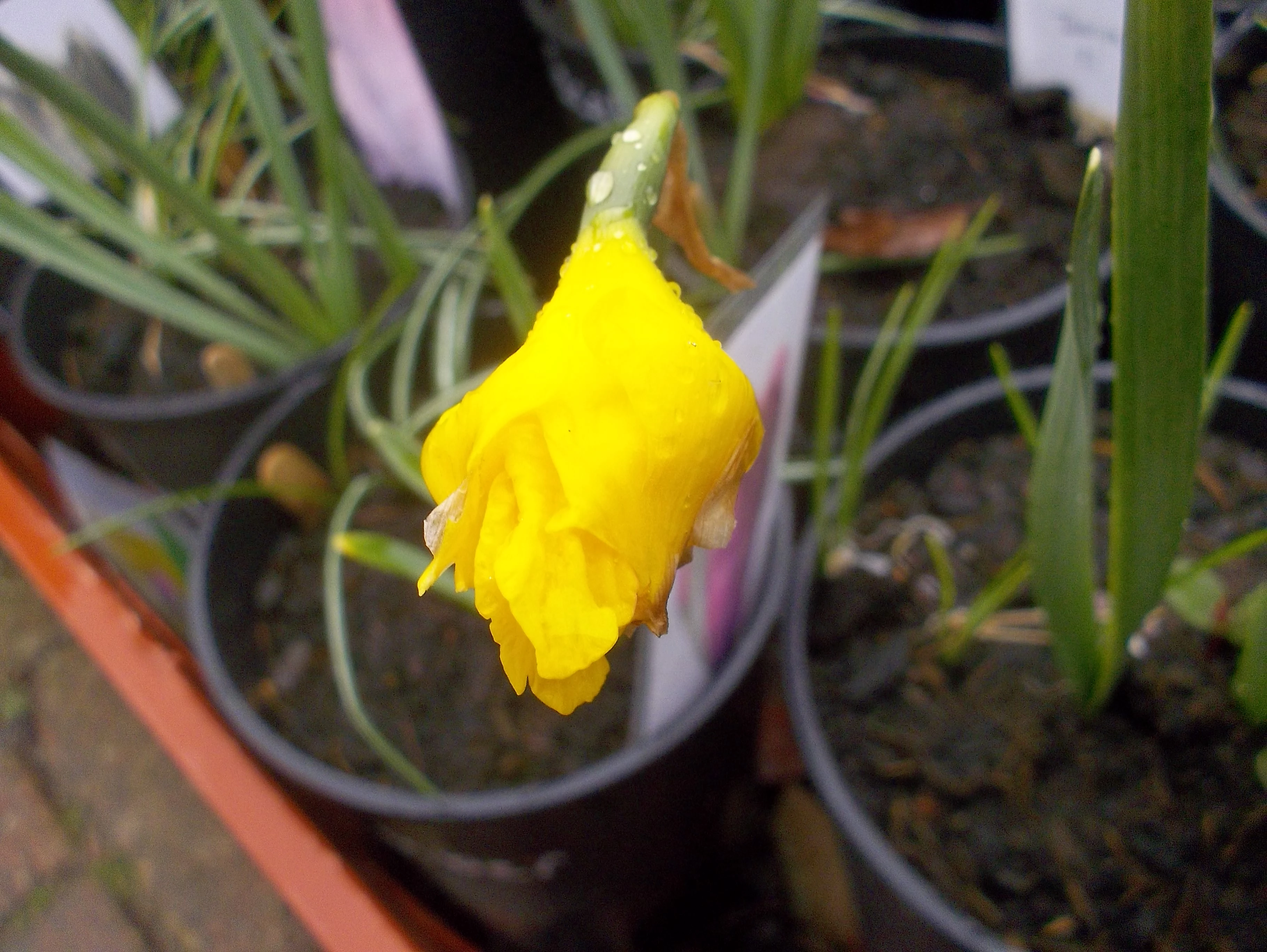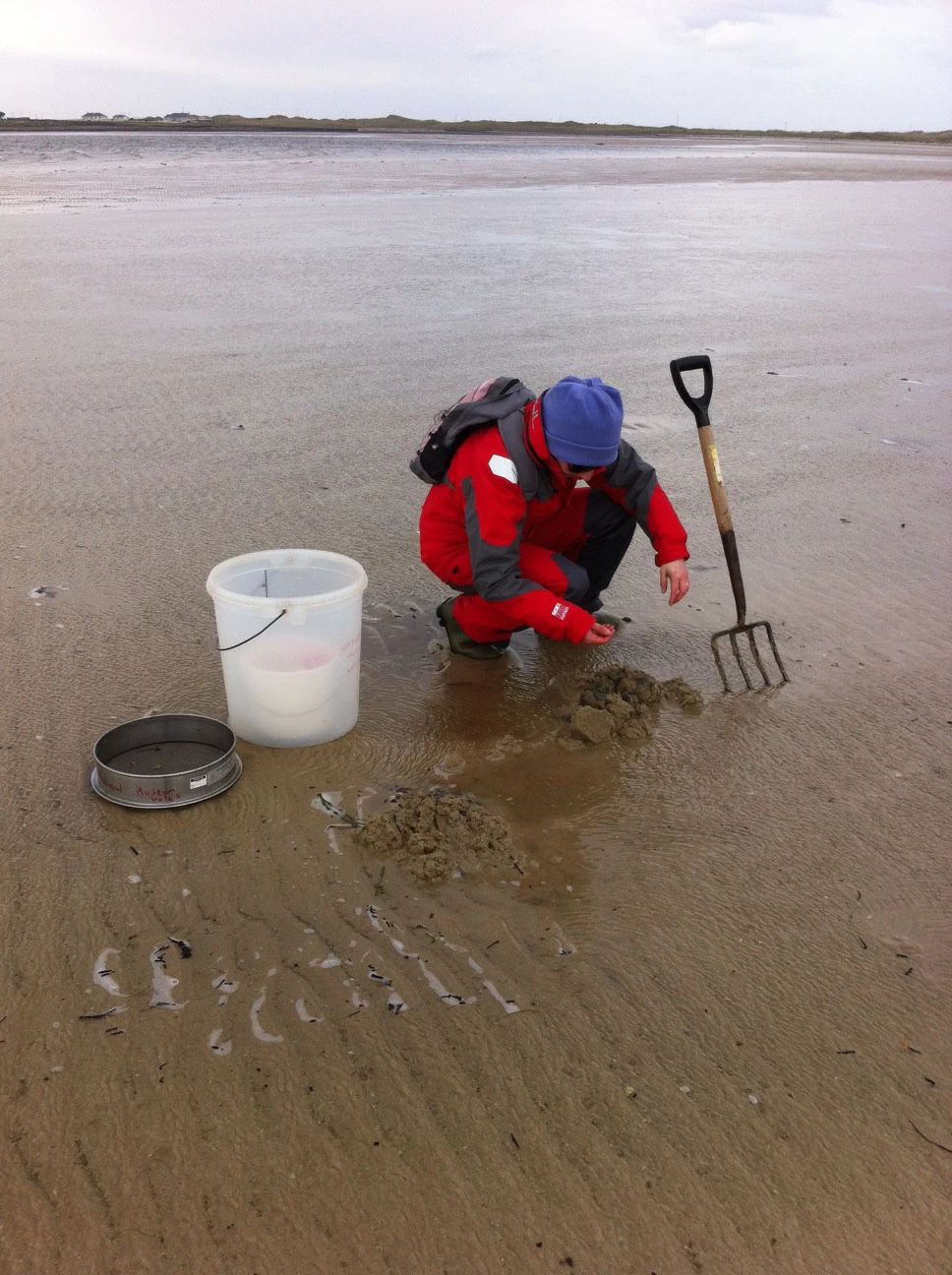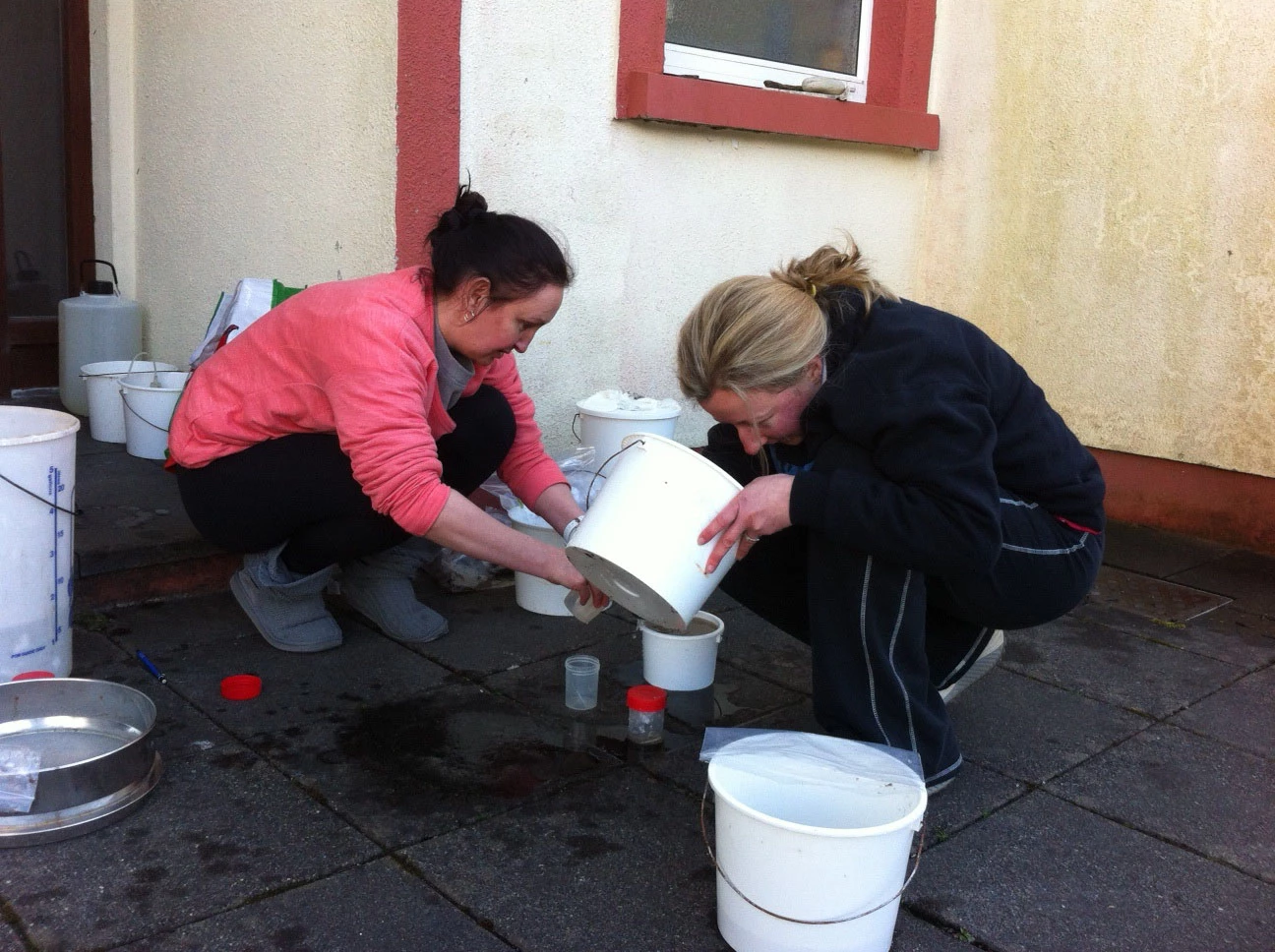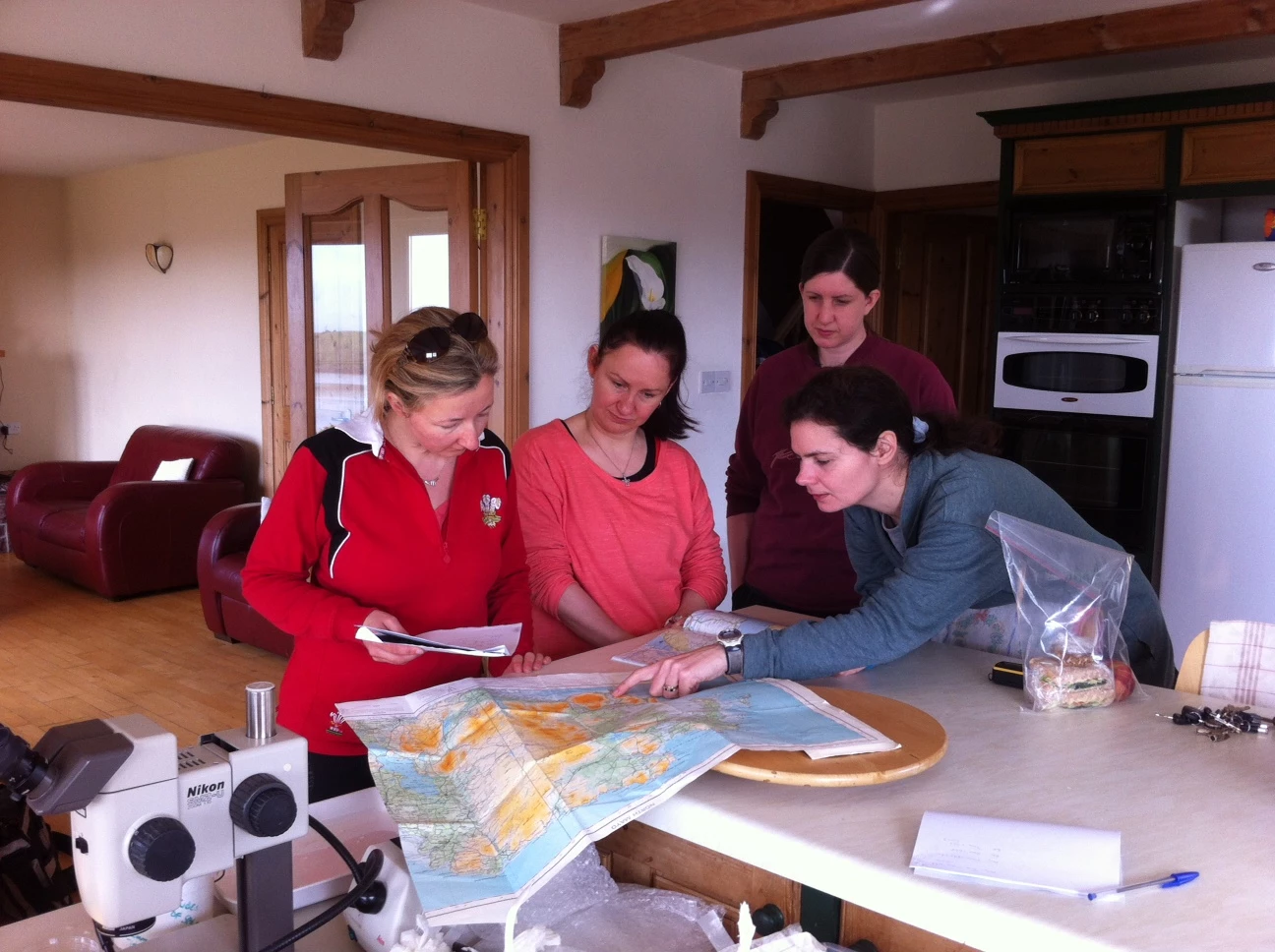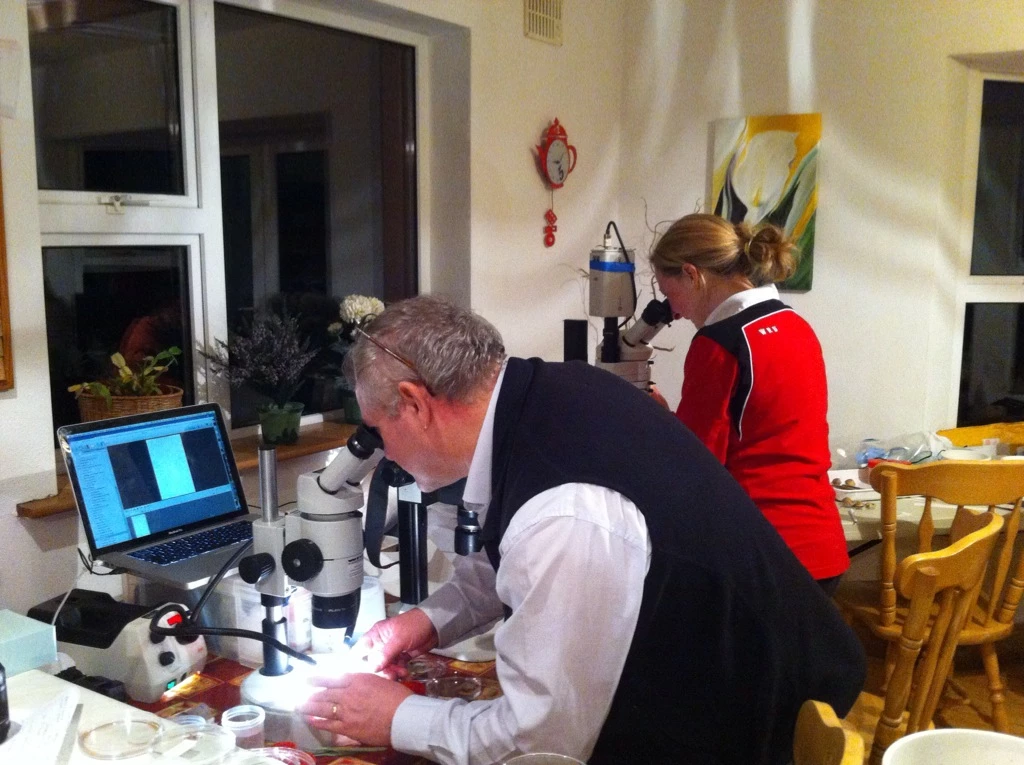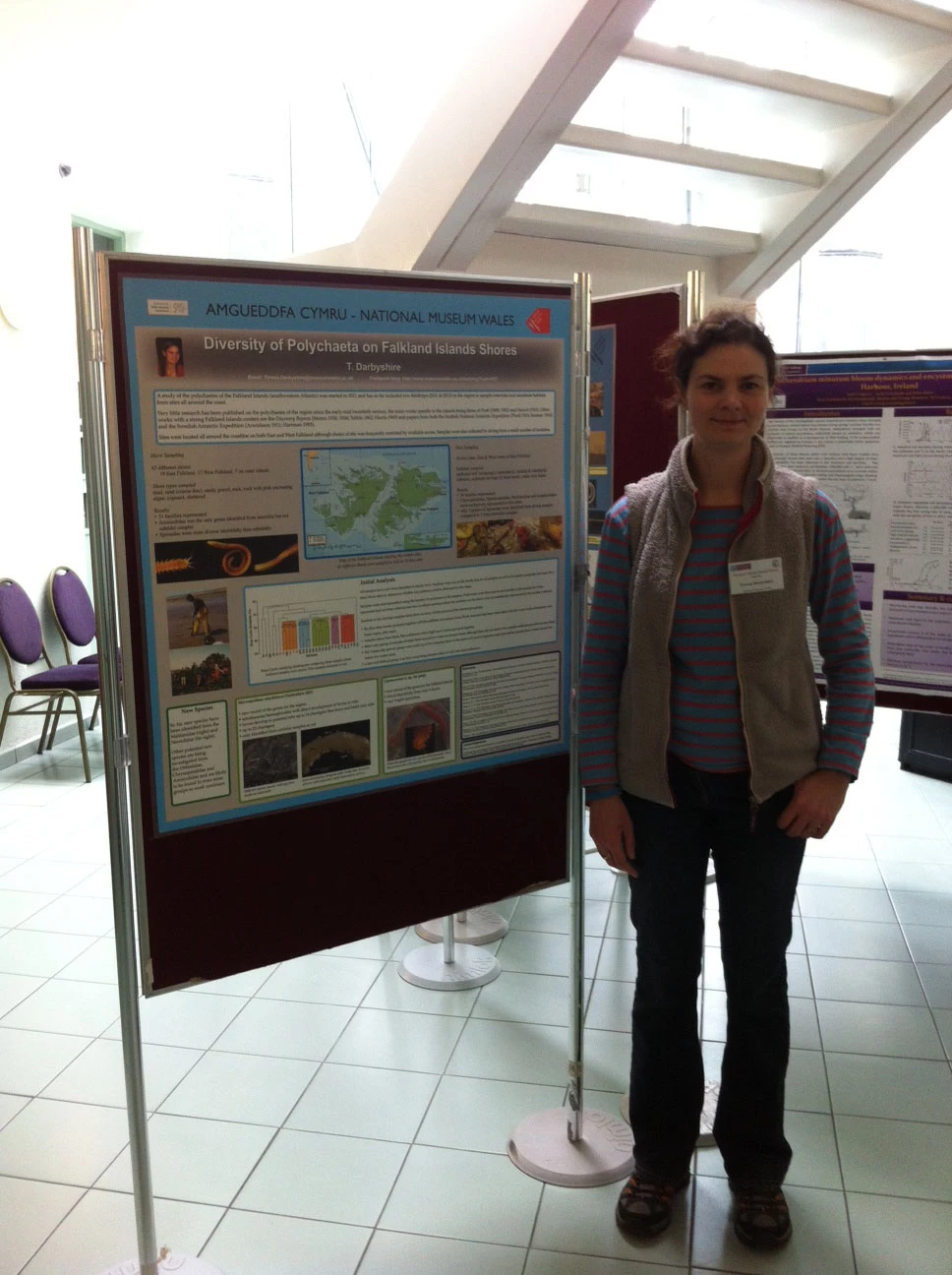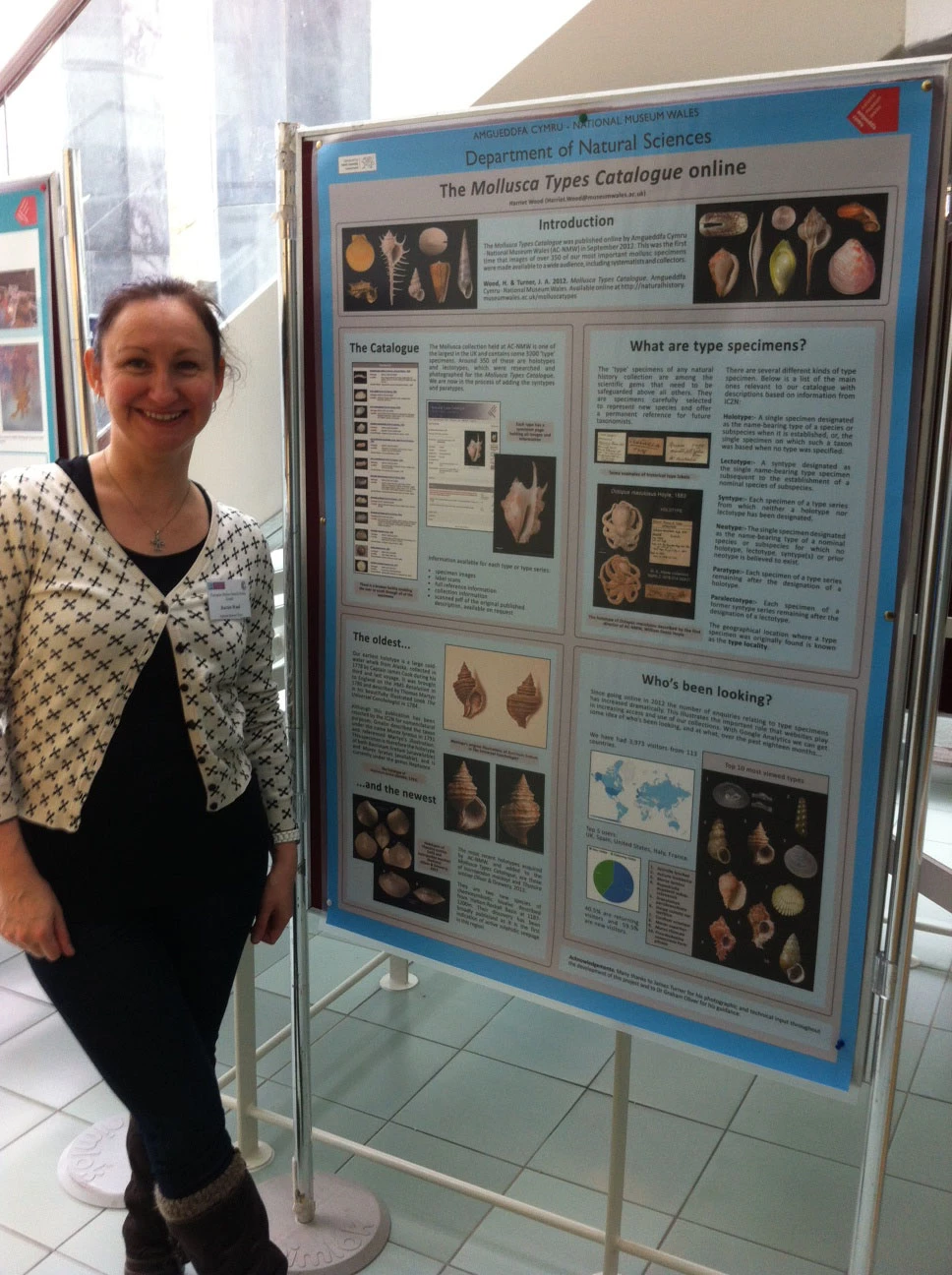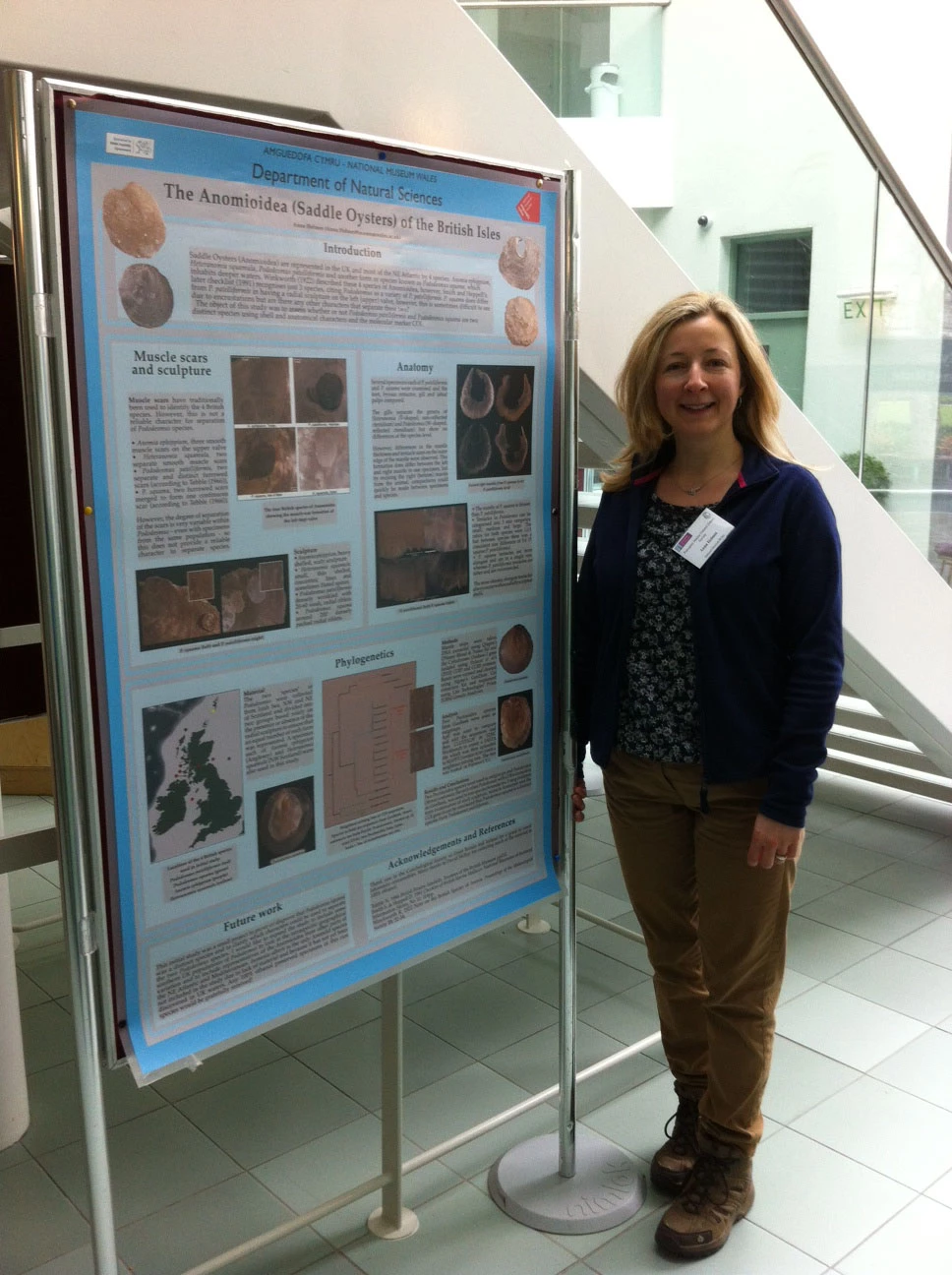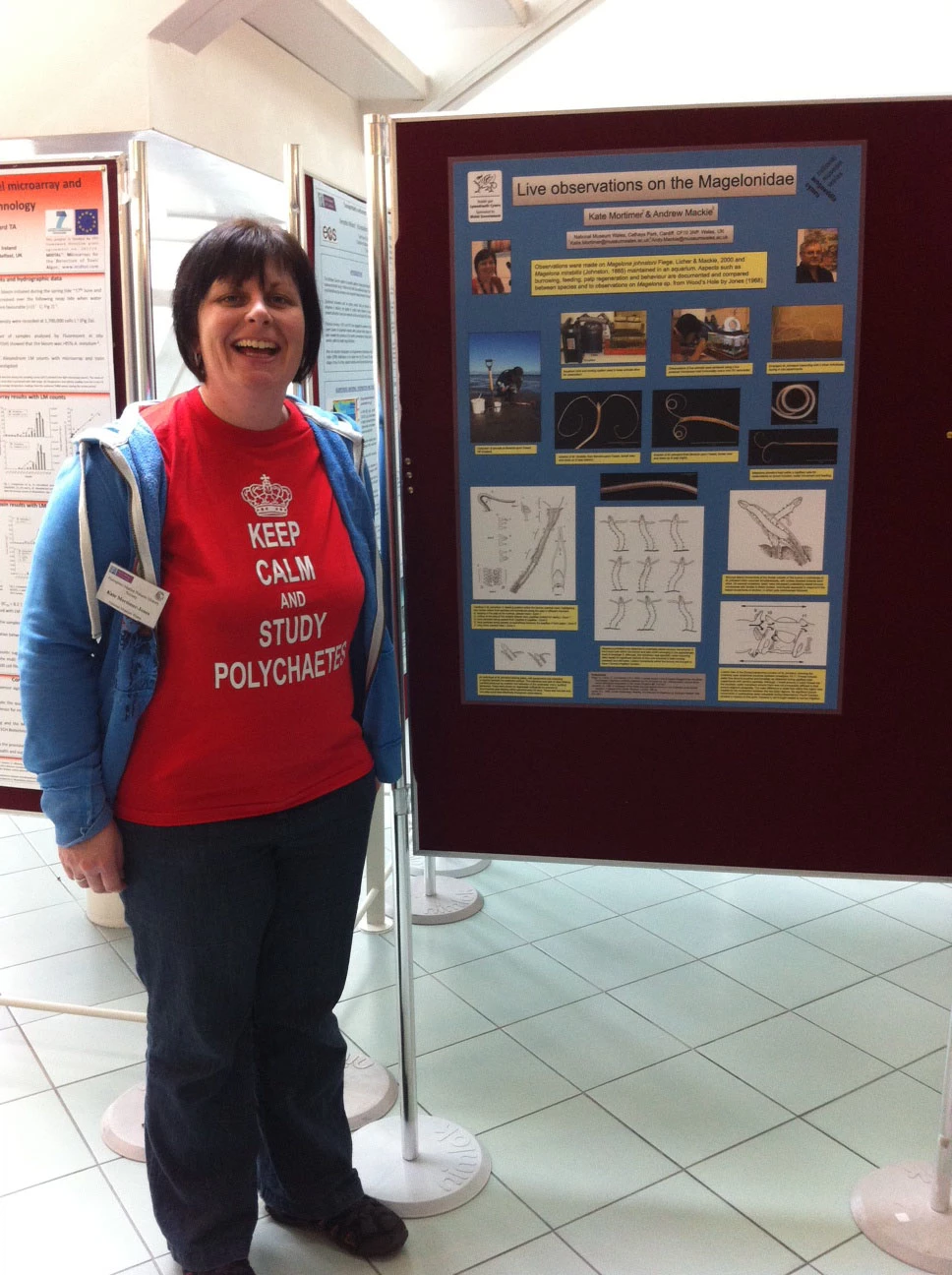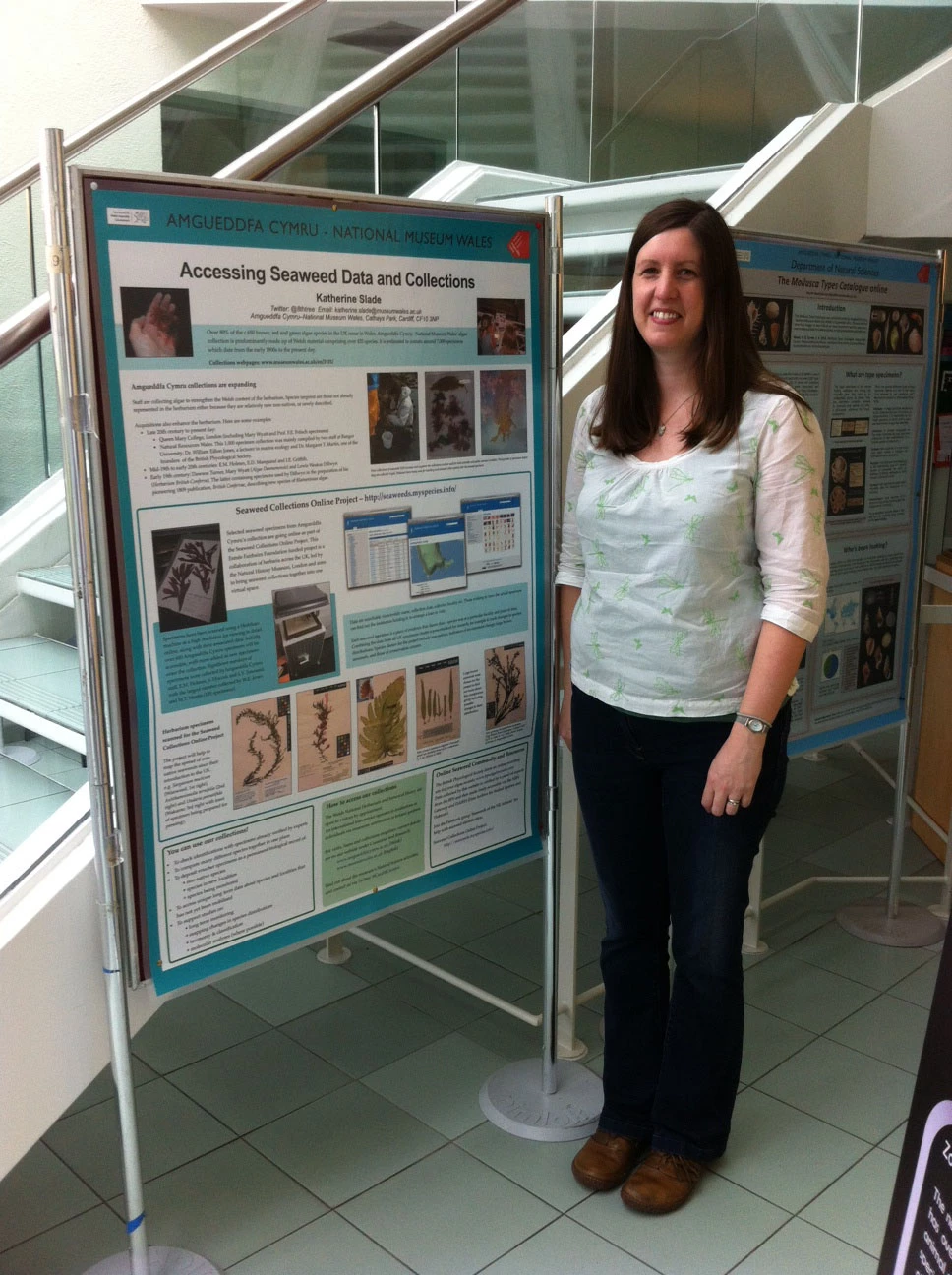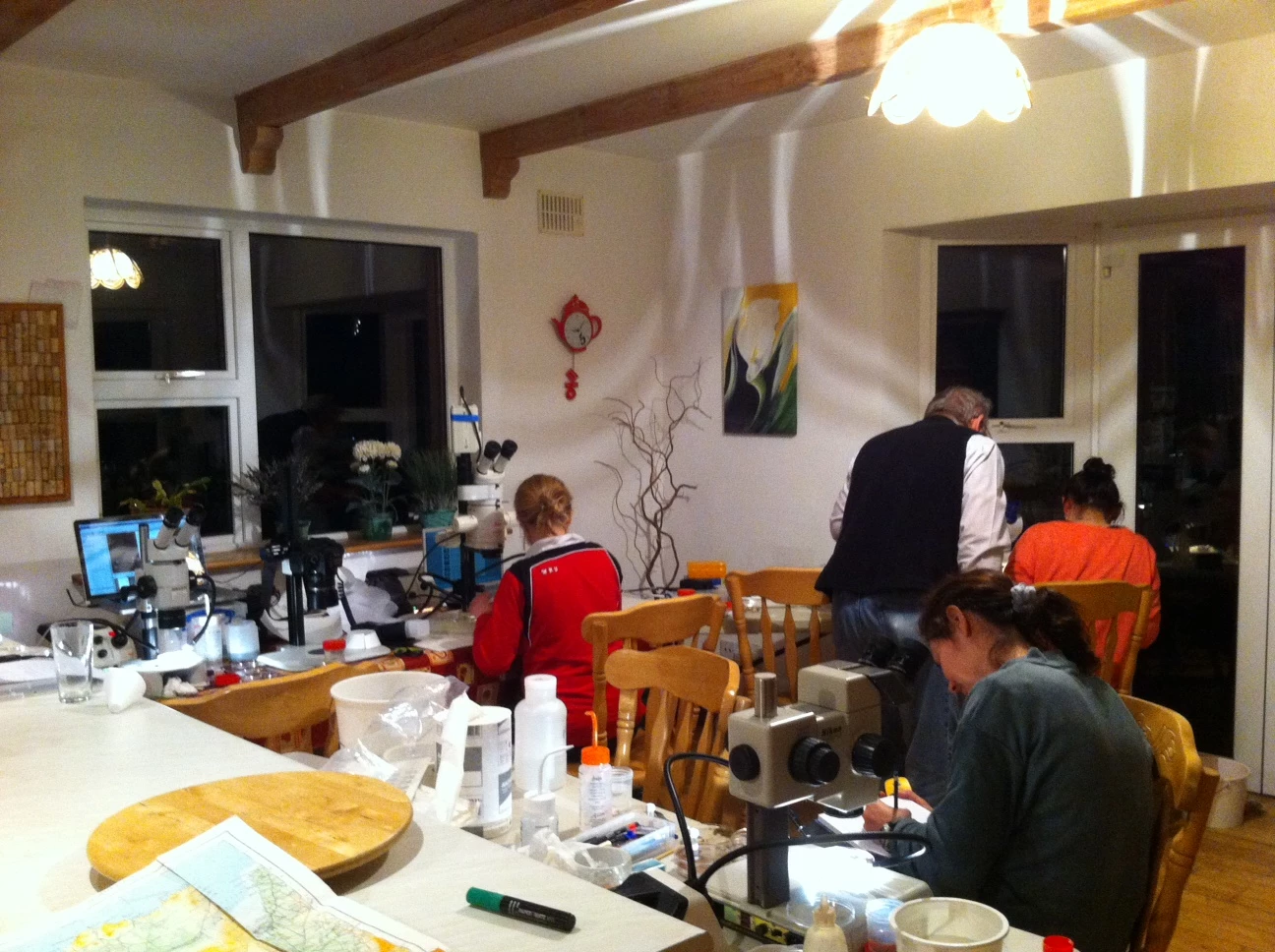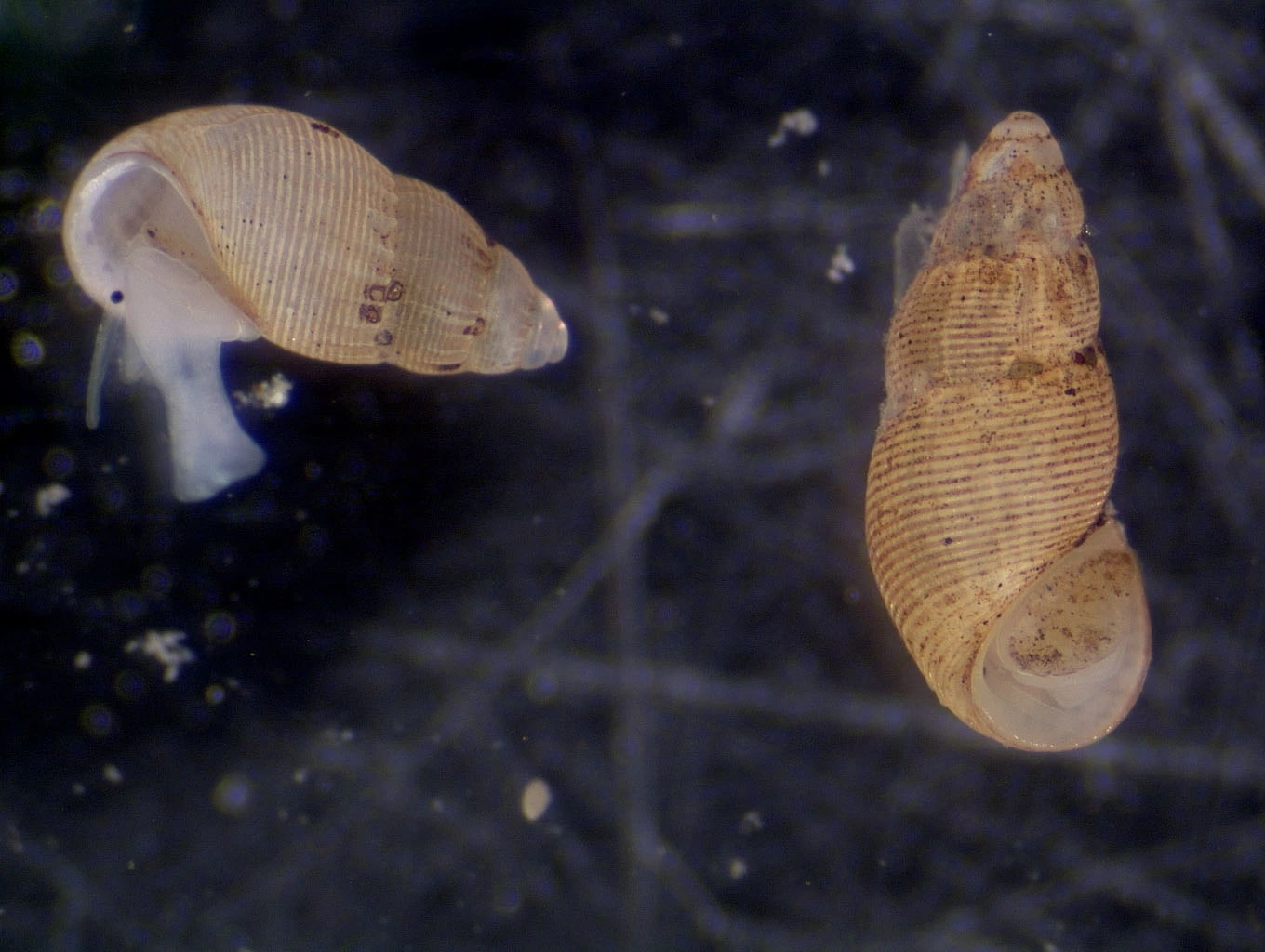TOP 10 garden birds
, 7 April 2014
Hi bulb buddies!
Big Garden Birdwatch results
Which are the TOP 10 most common birds in your garden? Nearly half a million people helped the RSPB (Royal Society for Protection of Birds) with the Big Garden Birdwatch 2014. They counted over 7 million birds! Did you help? If not then maybe you can do some bird spotting and join the Big Garden Birdwatch next year? To find out which birds were in the TOP 10, click here.
Which schools have had their first flowers?
Trellech Primary School in Wales, and Britannia Community Primary School in England sent their first flower records. Well done and thank you to these schools!
One of my colleagues her at National Museum Cardiff sent me this photo of daffodils growing in her garden, can you see anything strange about them? The photo is a little fuzzy but if you look closely you will see that some of the stems have two or even three flowers! How unusual! Have you had any unusual plants?
Thank you to SS Philip and James CE Primary School for sending me this lovely photo of all their flowers, don’t they look wonderful? In the third photo you can see that they also had some unusual flowers - some of their daffodils did not fully open. This is very interesting, can you think of any reasons why they might not have opened? Did this happen to your flowers?
Daffodil man!
Would you like to see a funny photo of Daffodil man? Click here. His real name is James and he is wearing a suit of daffodils to raise money for charity! Well done daffodil man!
Your comments, my answers:
Prof P: I had lots and lots of comments from Dallas Road Community Primary School so I thought I would put them all on the blog this week, thank-you all for sending me your messages! Congratulations to all of you, even if your flower did not grow, was stepped on, got broken or died, you are ALL Super Scientists! Prof P.
Dallas Road Community Primary School:
I think it didn't open because the daffodil was hovering over it and so it didn't get enough sun and rain. :(
I think my daffodil was in the shade so it did not open.
Someone cut its head off
It didn't open because somebody stepped on it
It died
Someone broke the bud off
Mine did not open!!!!!!!!!!!!!!!!!!!!!!!!!!!!!!!!!!!!!!!!
!!!!!!!!!!!!!!!!!!!!!!!!!!!!!!!!!!!!!!!!!!!!!!!!!!!!!!!!!!!!!!!!!!!!!
!!!!!!!!!!!!!!!!!!!!!!!!!!!!!!!!!!!!!!!!!!!!!!!!!!!!!!!!!!!!!!!!!!!!!
My Bulb disappeared
It was a bit floppy so we did not get chance to tie it up. But it is still open.
I am quiet sad my daffodils have not opened but they are growing so I will believe that soon they will and they are really tall.
My daffodil is growing very tall but it is a bit floppy.
My crocus is beautiful some of them are starting to die but still i'm happy because some are still growing and some have opened and some of them are fully beautiful i'm really happy about every crocus. My crocus's are quiet tall some are small as well
my crocus is really beautiful i have got another 3-4 crocuses opening i really enjoy seeing my plant grow.
My crocus has flowered well and is growing quite tall which is good and happy about it all.
I did not get a daffodil so it did not grow.
Daffodil has broke and I had to tie it up.
My plant head fell off. I haven't seen it since so I don't know if it has grown back.
My daffodil didnt open. I dont think mine had enough sunlight
Prof P: Culross Primary School sent me messages to tell me they had named their flowers, thanks Culross! Here are some of the names they gave their Daffodils and Crocuses: Danny, Dafty, Crocy, Abby, Croaky, Dave, Chris, Cassy, Ceeper, Bob, Jim.
Many thanks,
Prof P
